Table of Contents[Hide][Show]
How to make homemade ricotta cheese in three different ways including the traditional recipe I use plus a video demonstration.
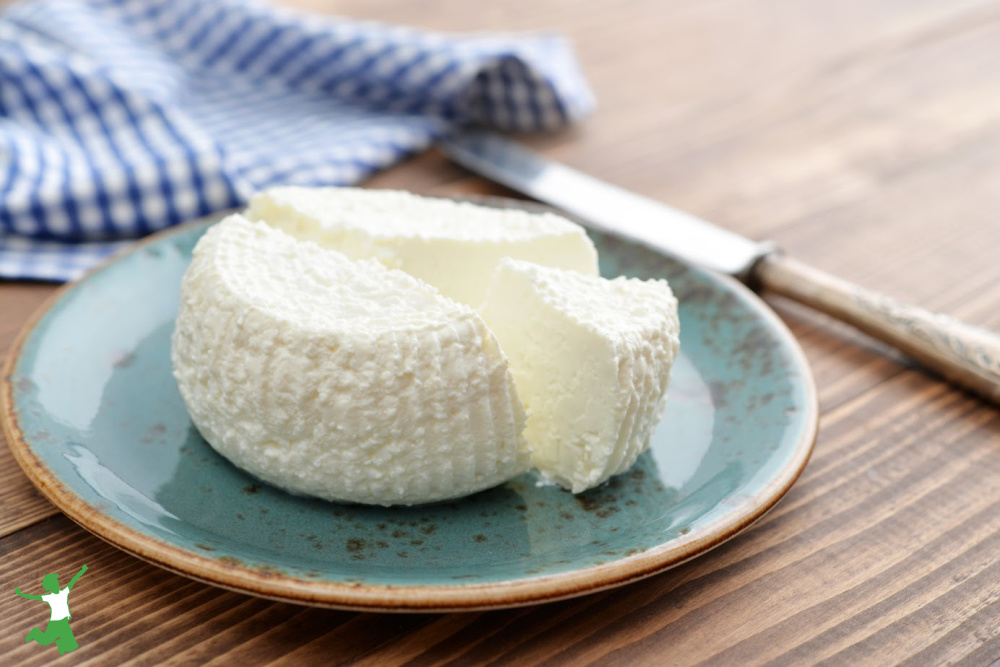
If you are interested in trying your hand at making cheese, ricotta is a great one to try first.
The deliciously sweet, creamy ricotta curds are slightly off-white in color with a taste and texture a bit reminiscent of whole milk cottage cheese or quark.
The great news is that messing up ricotta is just about impossible!
It is one of the easiest and perhaps the best cheese you will ever attempt. The results are so delectable you will no doubt be making it over and over again.
I first learned to make ricotta along with a number of other cheeses many years ago when an expert cheesemaker from Wisconsin (where else?) hosted a class in my home.
The session was extremely fun and informative, and the techniques I learned I continue to use to this day!
Three Ricotta Methods
Did you know that there are actually 3 different ways to make ricotta?
Similar to the different methods for making buttermilk, selecting an approach for making ricotta is totally up to you.
I cover all three approaches in the video lesson below.
In addition, the simplest method that I prefer using raw pastured milk is included as a written recipe.
Choose whichever method suits you best using whichever type of milk or whey you have on hand and locally available in your community.
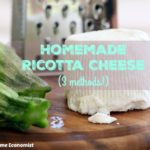
Homemade Ricotta Recipe
Recipe for the easiest of the three different methods for making homemade ricotta using raw milk.
Ingredients
- 1 gallon raw milk slightly soured
- 1 stockpot
- 1 stainless steel colander
- 1 cheesecloth fine mesh
- 1 large rubber band
Instructions
-
Pour slightly sour raw milk into a large stockpot. If the raw milk is very sour or slightly clabbered, do not use as the ricotta will not turn out sweet.
-
Put stockpot on large burner and turn on to medium-high heat. Keep a close eye on the pot. Within 5-10 minutes, the milk will start to separate as shown in the photo. Remove pot from heat immediately. Overcooking will destroy the delicate texture of the ricotta.
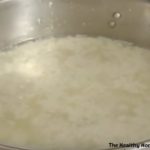
-
Line a stainless steel colander with a fine mesh cheesecloth folded in half. Place the lined colander into another large pot and carefully pour in the warm, separated raw milk.
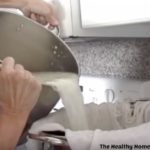
-
Let the whey drain from the ricotta cheese for 30 minutes to 1 hour. The longer you let the ricotta drain, the firmer it will be. Keep this in mind so that you achieve the desired consistency for whatever dish you plan to make with the ricotta.

-
Scrape out ricotta from the cheesecloth and use in a dish immediately such as lasagna or store in an airtight container in the refrigerator. It will last about a week refrigerated.
Recipe Video
Recipe Notes
Cow or goat milk may be used to make this homemade ricotta recipe.
More Homemade Cheese Recipes!
If learning to make cheese is exciting to you, check out my other cheesemaking posts!
- Homemade Clabber
- Gjetost Cheese recipe
- Fresh Cream Cheese
- Cheesemaking Common Problems and Solutions
- Probiotic, Whole Milk Cottage Cheese
- How to Make Yogurt Cheese
- Homemade Quark
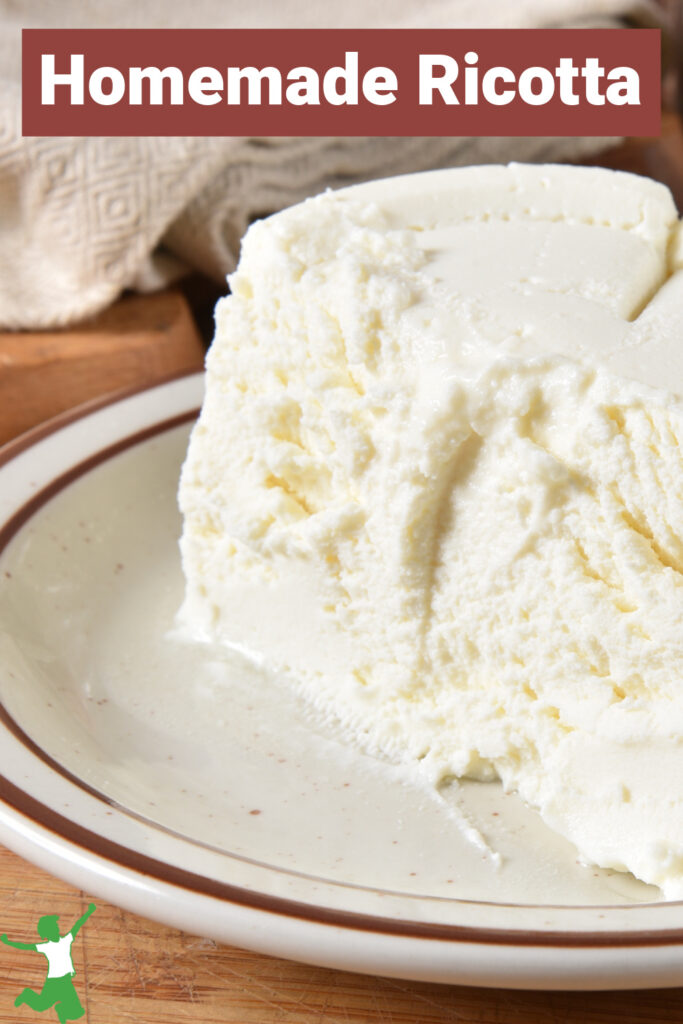








I don’t understand why the vinegar is a problem for the plants. The water in my area is alkaline and I use vinegar to adjust the Ph to be more acidic. In fact, farmers use acids in alkaline areas to do the same thing. So in that case, why would the vinegar in the whey be a problem?
Well, I didn’t realize that whey would only give so much cheese. That was my problem. Next time I go to make it, I’ll do the last method you suggest. Thanks!
Can I still make this if it is a little more then slightly soured? I am hoping you say YES! LOL
I would love to do this with my milk. 🙂
I still made this. I added some salt to it, and it tastes great! The children loved it! Thank you so much.
I also made some sour cream with the soured milk. YUM!
Thanks so much for yet another great video.
One question… you said what you CAN”T do with the whey from the vinegar method but you didn’t say what you could do with it.
What are your suggestions? 🙂
@Tricia I hope the video helps you figure things out so the next time it works for you 😉
Thanks for posting this great, informative video, Sarah! Quick question, can I make ricotta from whey that has been in my fridge for approx. *4* months!? Or is that too old?
It will probably work. It won’t work to make gjetost cheese though as whey needs to be very fresh for that. Remember that you won’t get much ricotta from plain whey .. maybe just a few TBL per half gallon or so.
I was trying to do this the other day…big fail! I’ll have to watch that and figure out what I did wrong!
awesome ~ sharing!
Who knew it would be so easy to make Ricotta! I’m SO glad to have found another use for slightly soured milk. Thanks so much!
Love this!! I’m so excited to make this someday.
Question: if I can’t get low temp pasteurized milk, what to do?
And is Hartzler’s (sp?) low temp? A friend uses that from a co-op and loves it. (can’t get raw milk here in Ohio *sad*).
Thanks!
Tamara
Tamara,
Hartzler and Snowville are both low-temp pasteurized and grass-fed. However, yes, you CAN get raw milk in Ohio. I am in central OH and have several sources I know of (and we have been getting raw milk for 2 years). Email me if you want to know where.
Hi,
Just read that we Ohioians can’t get raw milk. My family is part of a herd share and can legally get raw milk. Look into it. I think the web site I found my group on was rawmilk ohio or something like that. Good luck.
Bonnie